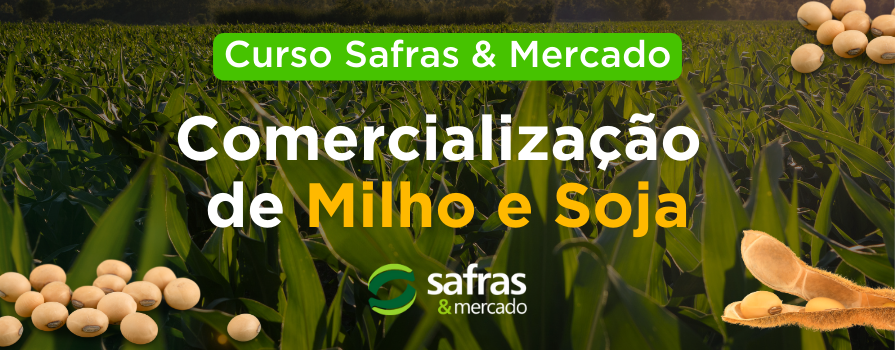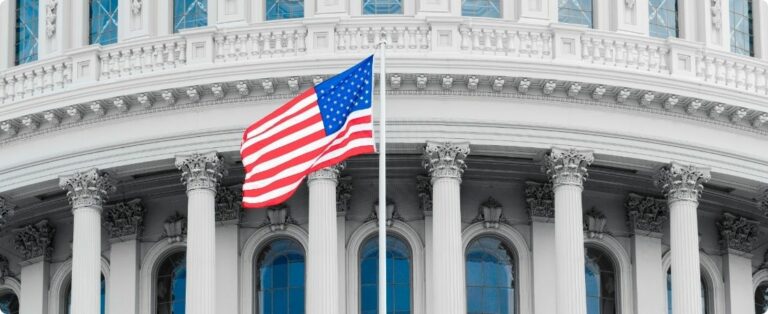
Image: Pixabay
The Instituto Pensar Agropecuária (IPA) celebrates, this Tuesday (31), the 10th anniversary of the promulgation of the Forest Code. The festivities will take place at the Clube Naval de Brasília and will be attended by deputies and senators who are members of the Parliamentary Agricultural Front (FPA) and authorities who were part of the process of creating and approving the text. The event will feature an interactive exhibition, made up of images of historical moments of voting and debates on the topic.
The ceremony will remember, among several moments, the votes in the National Congress and the various public hearings held across the country. There were more than 200 meetings with farmers, environmentalists, scientists, researchers, environmental managers, magistrates, members of the Public Ministry and interested parties in general.
The president of the FPA, federal deputy Sérgio Souza (MDB-PR), highlighted the importance and results generated by the approval of the new Forest Code. However, he pointed out that some improvements need to be made for complete implementation.
“With the law, we were able to achieve sustainable food production. Our country has 66.3% of its territory of protected and preserved vegetation. The European Union, for comparison purposes, only has 20% of preservation. Improvements still need to be made, especially regarding the Rural Environmental Registry, but we are on the right path”, stated Sérgio Souza.
{module Form RD}
With the approval of the law, two main conservation instruments were established in private areas in Brazil: the Permanent Preservation Areas (APP) and the Legal Reserve (RL). It is also worth highlighting the creation of instruments for management, monitoring and environmental adaptation, the Rural Environmental Registry (CAR) and the Environmental Regularization Program (PRA).
We currently have 6.5 million rural properties registered in the Rural Environmental Registry (CAR), more than 98% of rural properties in the country are registered and 15 states have already promoted PRA regulation. Rural properties registered in the CAR contribute around 2.3 million square kilometers of native vegetation. There are still around 554,000 square kilometers of estimated native vegetation, in 1.8 million agricultural establishments, not yet registered in the CAR, surveyed by the 2017 IBGE Agricultural Census.
For these reasons, one of the main bottlenecks in implementation is still in relation to the CAR analysis, as it depends on technological resources, cartographic reference bases and human resources. Many states have already managed to reach this stage, but few have made significant progress.
PRA is also one of these challenges. After the publication of the federal regulation of the device, States and the Federal District should have presented their legislation to carry out the regularization of properties with environmental non-compliance. However, some federated entities have abstained from the role designated by Complementary Law 140, which makes the implementation of the Program impossible.
Another point that should be highlighted is the judicialization of the Forest Code. The Law has faced several legal challenges, which prevent it from being applied in practice. The countless legal battles have undermined the ability to implement the code's norms, which would obviously bring even more favorable results.
Despite the difficulties already listed, since its implementation in 2012, considerable progress has been made in favor of the environment. Whether through instruments that deal with conservation; that provide for the restoration or compensation of deforested areas, whether as incentives and economic instruments; that regulate forestry exploitation and promote agroforestry systems.
The event will also feature a special exhibition on the 10 Years of the Forest Code that will tell, through videos, the story of the creation process until the promulgation of the Law.
Per: DATA















